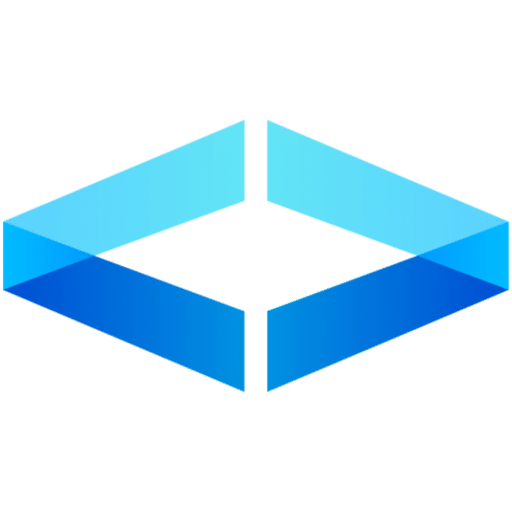The modern enterprise should be flexible enough that old ideas blend with new ideas. Nowhere is this truer than with the movement of data throughout the enterprise. Data must be organized and managed at the IT level so that users efficiently complete workflows. Conversely, cybersecurity is a top concern for today’s IT leaders as electronic information gets disseminated throughout the enterprise.
As technology continues to play a significant part in driving business success, IT leaders must be prepared to answer complex questions that address their organization’s technological needs and challenges. Here are five tough questions that every IT leader must answer in 2023:
1. With technology expanding into AI and the IoT, how will your organization address the cybersecurity threat landscape?
The frequency and sophistication of cyber attacks will only get more complicated as workers increasingly depend on technology they don’t control. End users have a readout or other information product they inherently trust because of automation. IT leaders must be prepared to implement robust security measures that protect their organization’s data and systems.
These security measures for 2023 must focus more on the people’s side of cybersecurity vulnerabilities and less on the technology that runs it. Robust security measures should include enhanced authentication, password and encryption standards. Policies should be drafted, and everyone in the organization should be held accountable for knowing and understanding the new cybersecurity measures. Cybersecurity must be part of the organizational culture.
2. How will you manage and optimize your organization’s data?
With the explosive growth of data sources and the growing demand for data-driven insights, IT leaders must develop strategies for managing and utilizing data effectively. Here are some essential guidelines every technology leader should consider:
-
Determine clear data governance policies and procedures: This includes defining data ownership, data privacy policies, data quality standards and data security measures.
-
Implement a data management system: A robust system can help organizations store, organize and retrieve data efficiently. It is essential to invest in modern data management tools that can handle large volumes of data and are scalable and secure.
-
Invest in data quality and integration: Poor data quality can lead to inaccurate insights and business decisions. Ensuring that the data is accurate, complete and consistent is essential. Data integration from different sources also ensures that the data is consistent and provides a holistic view of the organization.
-
Use advanced analytics and AI techniques: Advanced analytics and AI techniques such as machine learning and natural language processing can help organizations gain insights from their data. These techniques can help organizations identify patterns and trends in their data, automate processes and make more informed decisions.
-
Continuously monitor and evaluate data performance: Organizations must continually monitor and assess their data management systems’ performance to identify areas of improvement and potential issues. This can help organizations make data-driven decisions and optimize their data management processes.
3. How will you implement emerging technologies like artificial intelligence, machine learning and blockchain?
As emerging technologies continue to evolve and gain prominence, IT leaders must determine how they can be leveraged to drive business outcomes. This means IT leaders shouldn’t jump at the first best innovation but wait until the tech is field tested for the industry. Leaders should strategically map out what technology comes into the organization at a given time to lessen the organizational culture impacts like resistance to using new software automation.
Organizations and businesses that need complex IT management across multiple units and end users should create a culture of cybersecurity and technology adopters. Much of the implementation happens behind the scenes as information systems and algorithms understand how to manage automation. Human users should, in full transparency, know what is happening with the technology behind their functions. The work culture should be set to accept new technology as more tasks humans want to do without getting automated.
4. How will you address the ongoing challenge of IT talent acquisition and retention?
With the demand for technology talent outstripping supply, IT leaders must develop strategies to attract and retain skilled professionals. One strategy is talent acquisition planning. If the IT department needs new people to implement new hardware, plan for things the organization needs to accomplish before implementation.
The IT leader must think ahead, try to picture what the organization needs in 18 to 24 months and be continually vigilant about obstacles. Talent sets good organizations apart from great ones. So, is your IT leader doing everything necessary to “attract, nurture, grow, and retain the kind of talent necessary to succeed?” If not, the organization might need training specifically for the industry. New hires must be adept at working in a platform environment run in the cloud and powered by hyper WiFi connections.
5. How will you balance innovation with cost containment?
As organizations seek to innovate and remain competitive, IT leaders must balance the need for technological innovation with the need to manage costs and resources effectively. Leaders must be strategic about innovation investment. Some tech will be automatically updated in smart devices and the IoT. Today’s IT leaders must have their finger on the pulse of the industry.
For example, some organizations are using the Great Resignation as motivation for planning future growth. With depleted talent, an organization’s IT leaders should partner with the HR department to hire talent that can grow with the organization. Balancing cost containment and innovation should result from strategic planning, not because shareholders demand profits. All stakeholders should be patient as the digital revolution plays out.
In conclusion, IT leaders must be prepared to answer challenging questions that address their organization’s technological needs and challenges. By developing strategies to address cybersecurity threats, manage and optimize data, implement emerging technologies, attract and retain talent and balance innovation with cost containment, IT leaders can position their organizations for success in the ever-evolving digital landscape.
For more information talk to us today or follow us on LinkedIn and Facebook for news, updates, and discussions with industry professionals. #sonatafytechnology #forbes #itleader



